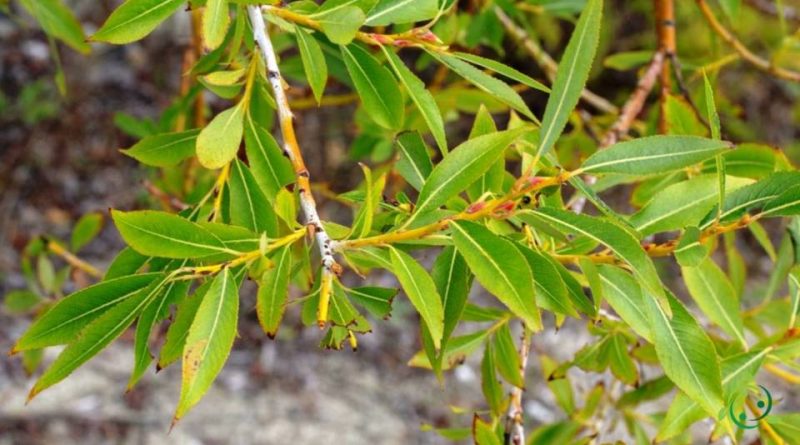How the Violet willow is grown
How the Violet willow is grown
The Violet willow (Salix daphnoides Vill.) is a plant of the Salicaceae family that can grow as a large shrub or small tree, normally reaching a height of 6-8 m but it can reach up to 12 m.
It is a mountain-subalpine plant of European origin and is found in wetlands along rivers and streams from 1000 to 1800 meters above sea level. In Italy it is present in the Alps and the Apennines up to the Sibillini Mountains.
It has unisexual flowers in elongated, hairy-woolly cylindrical spikes. The fruits are small elongated pear-shaped capsules that open in two valves releasing small linear and hairy seeds.
Cultivation –
For cultivation, it should be borne in mind that Salix daphnoides is a plant that prefers alluvial substrates rich in sand or pebbly, calcareous, with a gravel to sandy-silty texture that are possibly subject to periodic submersions.
However, this plant adapts to many substrates and can be grown as both a tree and a shrub. It also has an easy take root and is easy to cultivate.
The Violet willow propagates through cuttings and can be used in parks and gardens where the pedoclimatic conditions described may occur.
It should also be remembered that it can be subject to some adversities, among which the most frequent can be aphids and some lepidoptera as well as anthracnose and rusts.
Uses –
The Violet willow is a plant that, especially in the past, was used for weaving wicker (mediocre quality). It is also used to reinforce coastal and continental sand dunes, but it is also widely planted as an ornamental species in parks and along roads.

